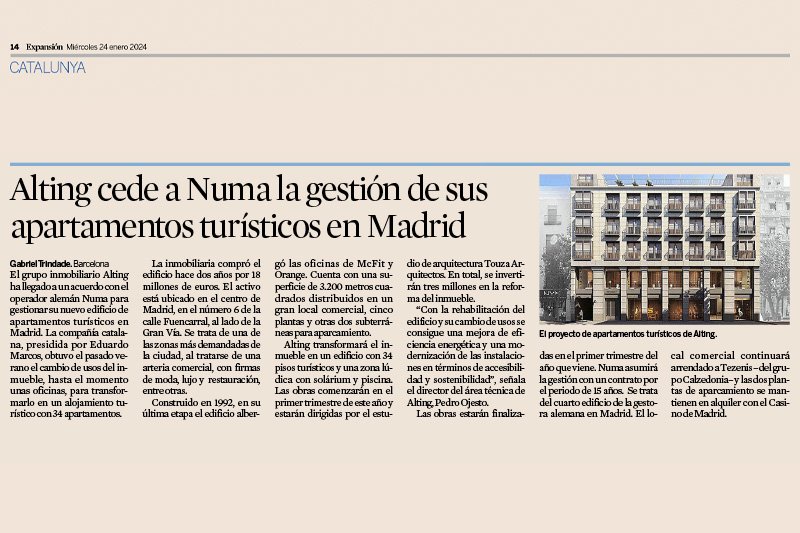On Thursday 19 March, we had the chance to attend the 6th Conference on Capital Market Trends held by the ESADE Alumni Real Estate Club in Barcelona.
The event was marked by a sense of optimism that was only darkened by the political uncertainty here at home and the future of Greece. The event discussed the attractiveness of Spanish real estate assets for investment, as they are well positioned on the European rankings, especially those located in prime retail areas in capitals like Madrid and Barcelona.
What changes have brought about this optimism?
Since November 2014, with a more favorable macroeconomic setting in which the euro is at an all-time low, as are government bonds, with little margin for investors, large capital funds are once again looking to prime real estate assets in Europe.
Capital held mainly by foreigners has been invested in prime real estate assets in Spain (more than 80% if we count Spanish companies comprised of foreign capital), especially in the hotel, retail and office sectors, focusing on criteria of location and architectural and commercial value. Madrid and Barcelona stand out among the offer in Spain, positioned at the same level as cities like London.
Another relevant figure to take into account is the number of mortgages granted. In 2014, we saw financial institutions start financing real estate projects again, as well as huge growth in the number of mortgages offered. In the residential market, we’ve seen a recovery in the transaction carried out by individuals regarding products in good locations.
“During the crisis, the need to sell determined the price, now those who are selling and were able to wait can set the price,” says Andrés Rubio, partner at Apollo.
To finish up, we heard from Judit Montoriol-Garriga, an economist with CaixaBank, who described an optimistic scenario that has yet to come to an end. The growing competitiveness of the Brent price, low interest rates and a slight increase in employment but not salaries, point to an adjustment between supply and demand due to reduced burden on household income, thanks to the increased number of employed members in each family. This prevision also takes into account the demand held back over these years, which could drive up prices in good locations.
For more information marketing@alting.com.





